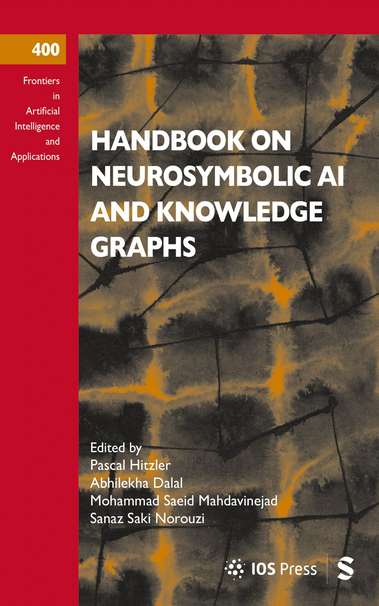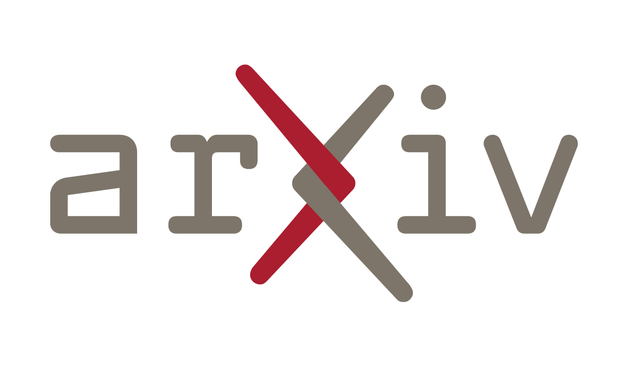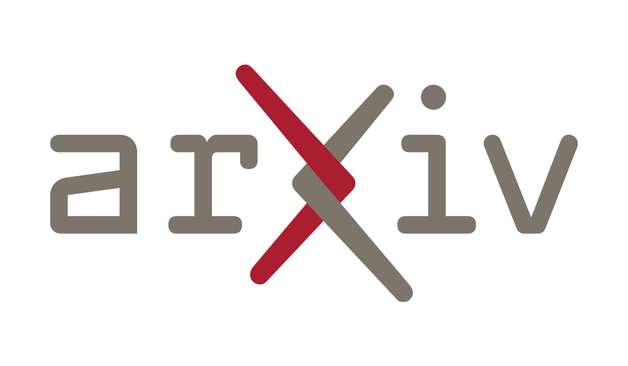We are very happy that our colleage @GenAsefa has contributed the chapter on "Neurosymbolic Methods for Dynamic Knowledge Graphs" for the newly published Handbook on Neurosymbolic AI and Knowledge Graphs together with Mehwish Alam and Pierre-Henri Paris.
Handbook: https://ebooks.iospress.nl/doi/10.3233/FAIA400
our own chapter on arxive: https://arxiv.org/abs/2409.04572








